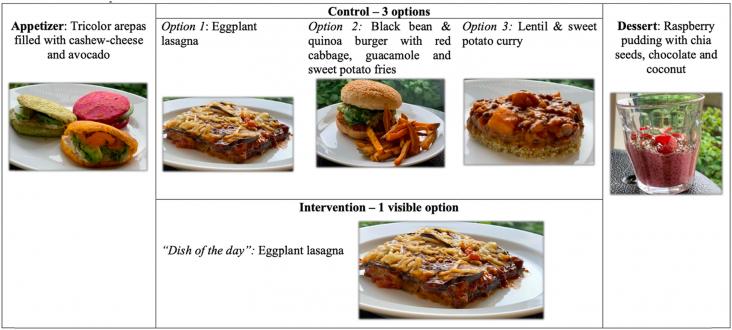Responsive small-molecule fluorescence probe specific for target analyte detection is an emerging technology for food safety and quality analysis.

Within recent years, demand as well as supply of products to replace meat, so called meat alternatives, have increased. For future products, new plant-based protein sources are of high interest.

A nudge experiment was performed to evaluate the effectiveness of presenting a menu with the dish-of-the-day (DoD) vs.
The use of grains as an alternative to wheat in breadmaking has rapidly grown in the last few years, driven by the Sustainable Development Goals toward improving food security and promoting sustainable agriculture. Flours from legumes, pseudo-cereals, minor cereals and milling by-products, such as bran, are of particular interest. The production of partially substituted or wheat-free bread is, however, a challenging task in terms of texture and flavour attributes.
Held in partnership with the University of Johannesburg, this Elsevier webinar discusses the SDGs and how researchers can incorporate them into their work.
Held in partnership with the University of São Paulo, this Elsevier webinar discusses the SDGs and how researchers can incorporate them into their work.
Anemia affects more than half of Nepalese children aged 6–59 months. Although prevalence varies year to year, the stability of observed risk factors suggests the need to focus on reducing gastrointestinal infection, promoting adequate household sanitation, and improving maternal and child health.
As future foods, cultured meat is produced by culturing animal cells ex vivo rather than raising and slaughtering animals.
Background: Stunting rates in children younger than 5 years are among the most important health indicators globally.

As future foods, cultured meat is produced by culturing animal cells ex vivo rather than raising and slaughtering animals.
